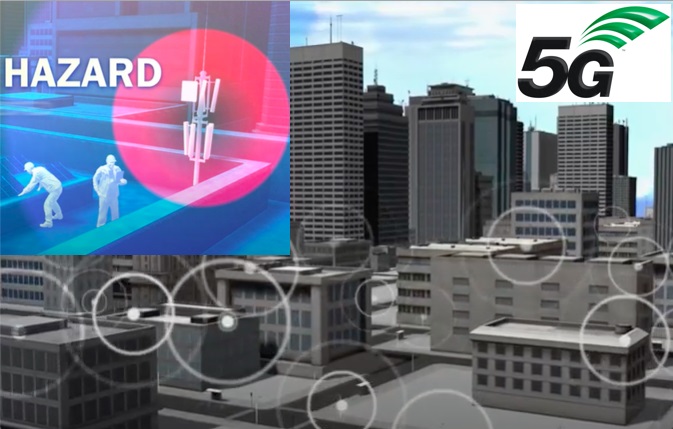RF Safety in Future Wireless Communications
Principal Investigator
Research Students
Bryse Flowers
Song Wang
Project Description
5G RF Safety
This project is in collaboration with Safe Dynamics, Keysight Technologies and other CWC member companies. The focus of this project is to determine how RF emissions from the antennas of 5G base stations and small cells deployed in homes, buildings and neighborhoods, including sub-6 GHz and mmWave, may impact human exposure levels based on various technology parameters and implementations for commercial deployments as per existing RF emission regulations.
The outcomes of this project will be:
- Publicize the RF Safety Parameters: Publish the Study results and propose any new methodology or formulas identified that can further address or improve the issue of RF safety and human exposure at base stations.
- Address specific public concerns regarding RF safety (at cell sites or base stations), especially with respect to new technology such as 5G
- Provide objective data to allow the public to make informed decisions regarding the safety of base stations (e.g. 5G exposure levels comparison to other accepted wireless technologies)
- Provide report on conclusions on the safety of base stations that would be recognized by the specific community
- Contribute to updating of the Industry Standards related to Base Station Antenna RF Exposure, Compliance and Safety in appropriate Industry Organizations.
Project Goal: Determine how RF emissions from Base Stations/Cell Sites/Small Cells/etc. impact human exposure levels based on various technology parameters and implementation including:
- Wireless Spectrum (Licensed and Unlicensed) Globally – Low-band, Mid-band, High-band as defined in 3GPP
- Frequency (FDD & TDD) and Bandwidth
- Antenna Technology & Size
- MIMO – 2x2, 4x4, Massive MIMO
- 64 QAM, 256 QAM, 1024 QAM
- mmWave
- Antenna Arrays
- Beam Forming
- Carrier Aggregation
- Dynamic Spectrum Sharing (DSS)
- Narrowband IOT (NB-IOT)
